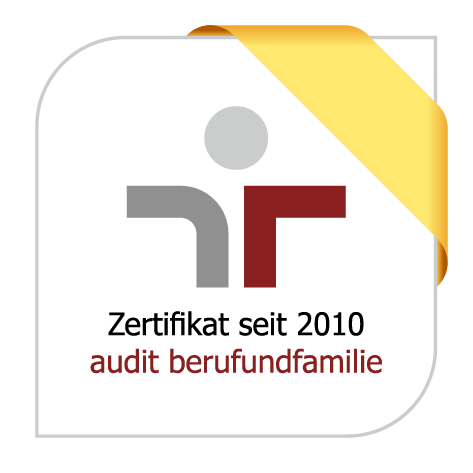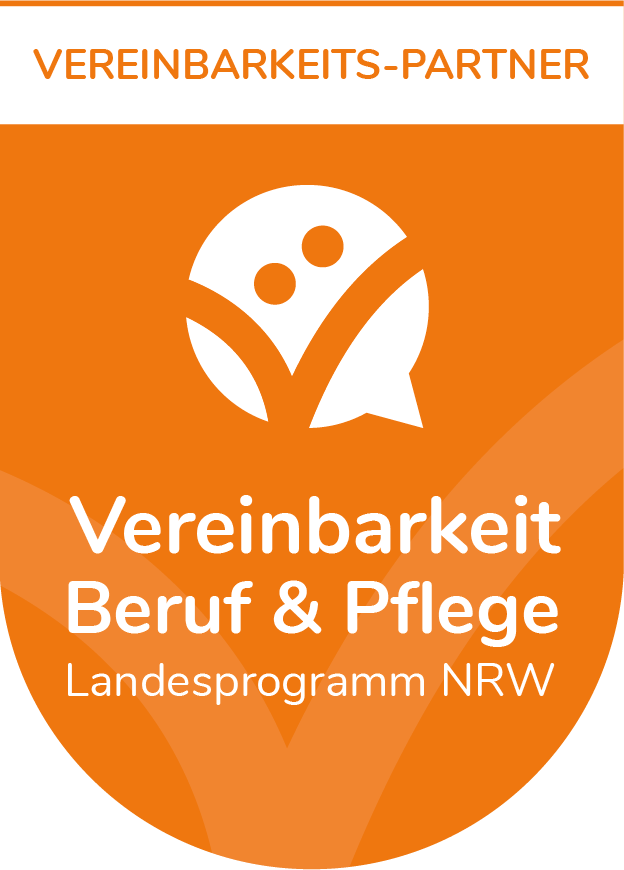Event documentations
Documentation "Single Family Housing Estates of the Post - War Era – a European Comparison of Opportunities and Risks".
On 5 September 2013 the International Workshop “Single Family Housing Estates of the Post War Era – a European comparison of Opportunities and Risks” was held in Aachen. Organised by the ILS (Research Institute for Regional and Urban Development), the event was a venue for European researchers working in the wider context of the future development of ageing post-war housing estates faced by such challenges as demographic change and current economic developments.
The e-book covers most of the contributions presented at the workshop, highlighting the diversity of developments in different European countries.
Andrea Berndgen-Kaiser from the ILS (Research Institute for Regional and Urban Development) starts by presenting the findings of a German research project funded by the Wüstenrot Foundation, where strategies for municipalities on how to adapt post-war housing estates to changing requirements were developed.
The following contribution by Huib Haccoû from Saxion University in Deventer (the Netherlands) focuses on changing lifestyles and their impact on the demand for older houses in the Netherlands. Furthermore he analyses different demographic developments in various parts of the Netherlands.
The third article by Ute Baldermann Cornec refers to a study she supported during her junior professorship at the University of Münster (Germany) in cooperation with the municipality of Havixbeck near Münster. The research project focuses on the sustainable development of Havixbeck housing estates built in the 1960s and 1970s.
Anne-Francoise Marique from the University of Liège (Belgium) then presents her PhD thesis on the renewal of Walloon suburban neighbourhoods, focusing on energy efficiency in the building and transportation sectors. Jean-Marie Halleux, also from the University of Liège, completes the presentation with a short description of the BIMBY (Build in my back yard) approach, a strategy focusing on creating new housing by densifying existing neighbourhoods.
The next article, written by Yves Jouffe from the French LVMT (city mobility transport research laboratory), deals with his research about the influence the energy crisis is having on low-income households in French peri-urban neighbourhoods.
Finally, Michel Rousset from the French CAUE 27 (Council of architecture, urban planning and environment) in the Eure département (Upper Normandy) presents the BIMBY approach in the Eure département. The approach involves analysing legal tools and governance procedures supporting the regeneration of detached housing areas and the corresponding in situ experiments in several municipalities.
[« back]






